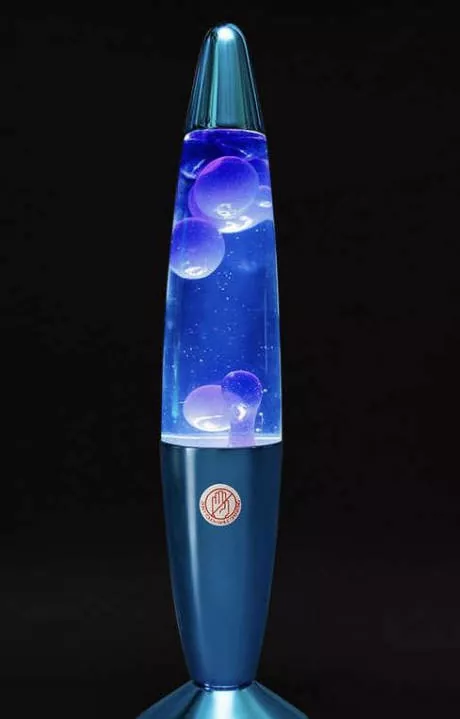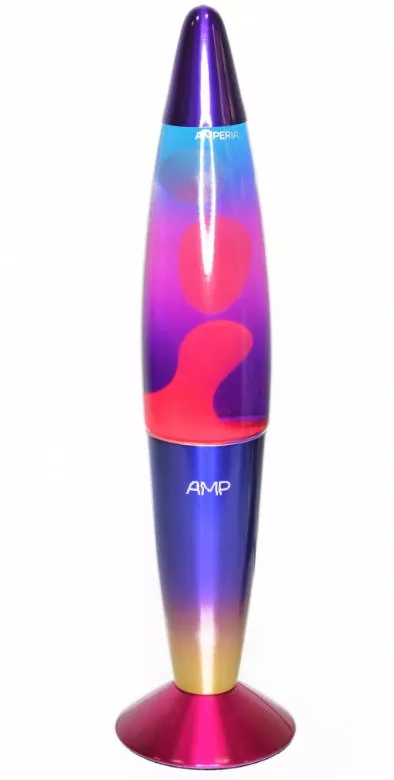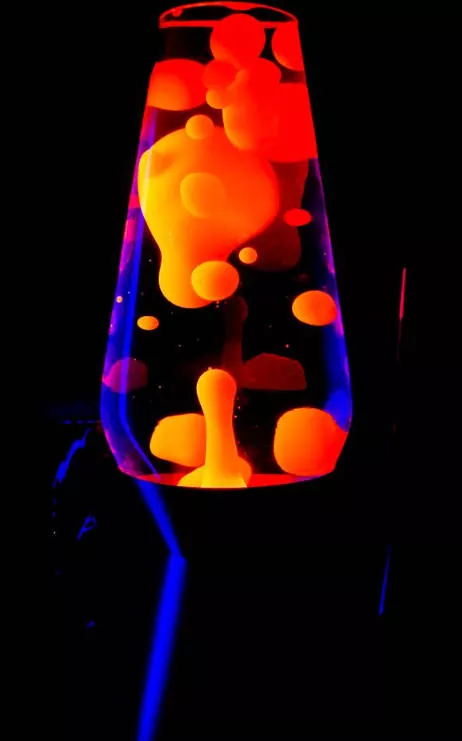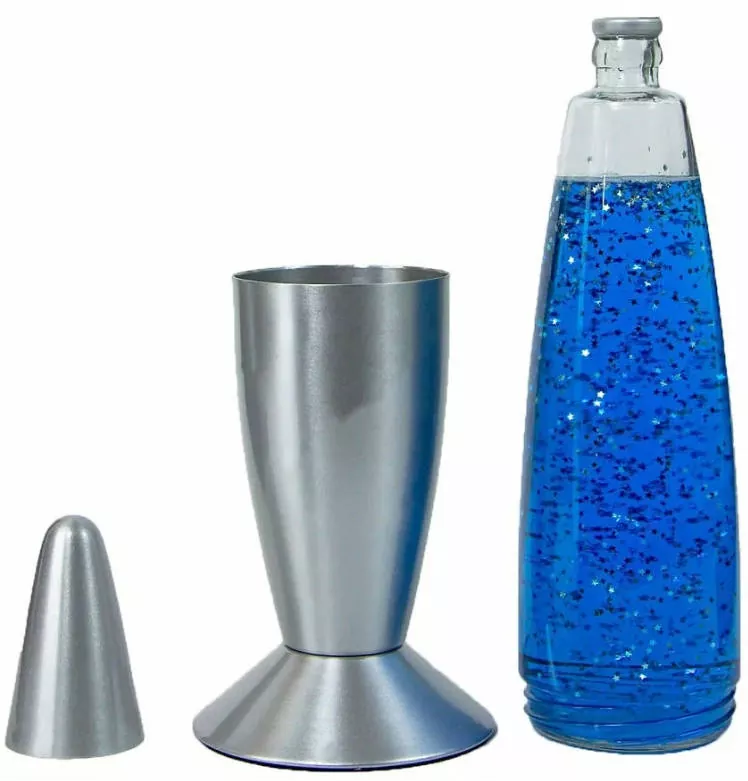
how to make blue and orange lava lamp?
1.Prepare two separate mixtures: one with water and blue food coloring, and the other with water and orange food coloring.
2.Fill a clear glass container three-quarters full with water and add the blue mixture. Slowly pour cooking oil on top, leaving some space at the top of the container.
3.Carefully pour the orange mixture into the container. Once the liquids settle into distinct layers, place the container on a lamp base with a light bulb.
Turn on the lamp to warm the mixture.
Break an effervescent tablet into smaller pieces and drop them into the container.
Watch as the bubbles carry the colored liquids up and down, creating the mesmerizing lava lamp effect with blue and orange hues.
Enjoy your homemade lava lamp!

Can you mix colors in a lava lamp?
To mix colors in a lava lamp, start by filling a clear glass container with water and adding food coloring to create your desired hues.
Next, carefully pour cooking oil on top of the water, leaving some space at the top. You can add different colored water layers to create a multicolored effect.
When the lamp is turned on and warmed, the colored water bubbles will rise through the oil, mixing and creating new colors as they move.
Adding effervescent tablets will create bubbles that carry the colored liquids, enhancing the mixing effect and creating a mesmerizing display of colors in your lava lamp.

Why don t they make lava lamps anymore?
There are several reasons why lava lamps might not be as prevalent as they once were:
1.Changing Trends: Lava lamps were particularly popular in the late 1960s and 1970s during the counterculture movement. As trends evolve, consumer preferences for home decor and lighting may have shifted away from lava lamps.
2.Technological Advancements: With advancements in lighting technology, such as LED lights and energy-efficient bulbs, consumers may prefer more modern and efficient lighting options over traditional lava lamps, which use incandescent bulbs and heat to function.
3.Environmental Concerns: Lava lamps typically use a combination of wax and a clear liquid that often contains chemicals. Concerns about environmental impact and chemical safety may have led to decreased production or regulation of these products, as consumers become more conscious of sustainability and health-related issues.

Where not to put a lava lamp?
1.Near Heat Sources: Avoid placing a lava lamp near direct heat sources such as radiators, heaters, or fireplaces. Excessive heat can cause the liquid inside the lamp to expand too quickly, potentially damaging the lamp or causing it to malfunction.
2.In Direct Sunlight: Do not place a lava lamp in direct sunlight for extended periods. Sunlight can cause the liquid inside the lamp to heat up unevenly, leading to inconsistent lava flow and potentially affecting the lamp’s performance.
3.On Unstable Surfaces: Avoid placing a lava lamp on unstable or uneven surfaces where it could be easily knocked over. Lava lamps are filled with liquid, which can spill and cause damage to surrounding furniture or flooring if the lamp is accidentally tipped or bumped.